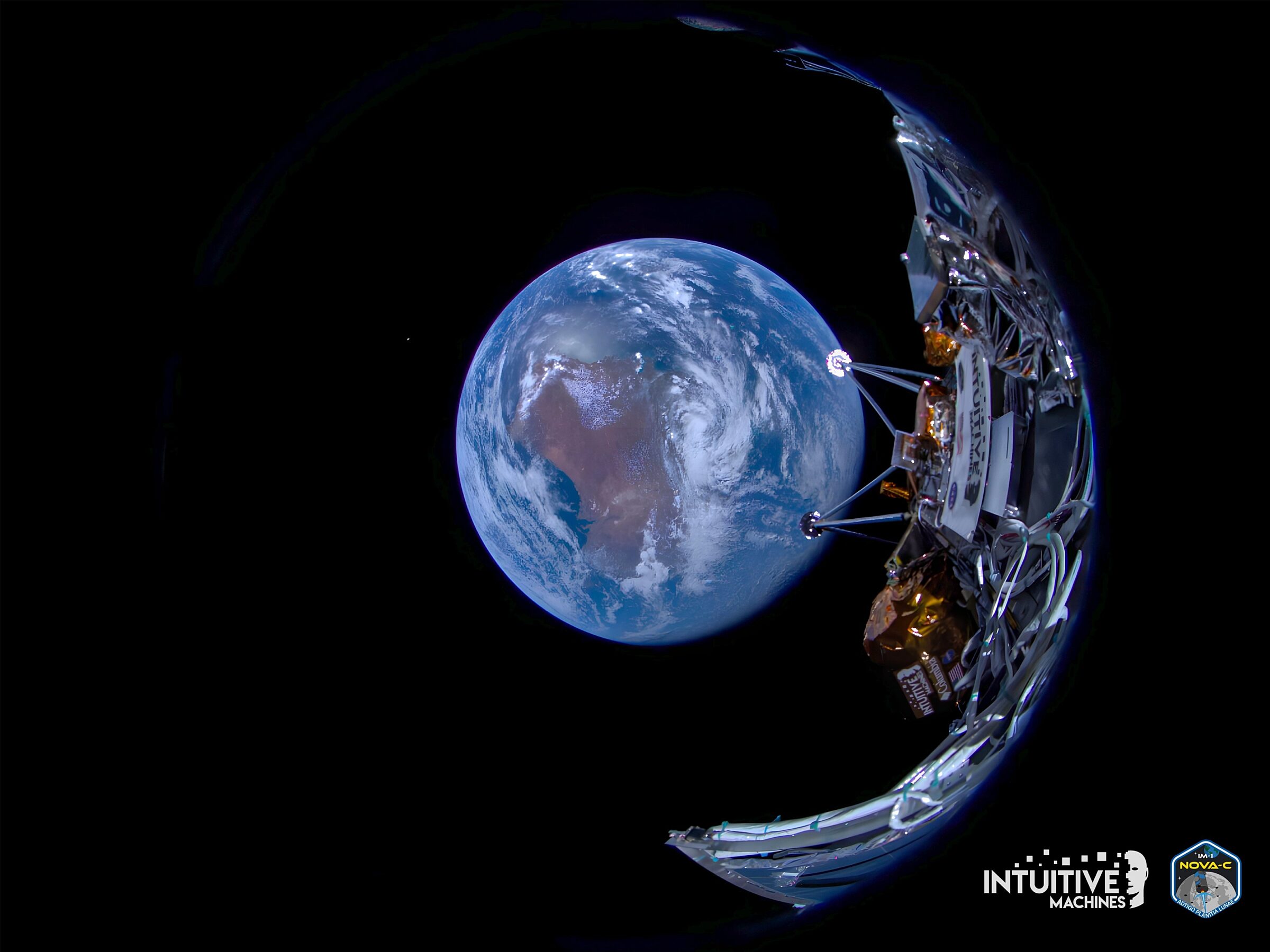The year in pictures
This year, space was brought down to Earth. Our planet had front-row seats to dazzling cosmic events, spacecraft collected samples from other worlds, and new missions made the Moon feel closer than it has in decades.
The Sun put on two shows in 2024. In April, a total solar eclipse wowed stargazers across North America, including all those at The Planetary Society’s Eclipse-O-Rama event in Fredericksburg, Texas. Because the Sun is near the peak of its 11-year activity cycle, this year gave a particularly dramatic view.
Peak solar activity also means more frequent solar storms. Only one month after the eclipse, the Sun unleashed multiple flares and gigantic waves of plasma toward Earth. Bright aurorae treated many people to exceptional light shows.
Elsewhere on Earth, the OSIRIS-REx mission team opened the capsule containing samples from the asteroid Bennu. They found rocks containing water, organic molecules, and phosphate, which might hint that Bennu could have originally been part of a watery protoplanet.
SpaceX’s Starship rocket successfully completed its fifth flight test and was scheduled for a sixth as this issue went to press. The launch vehicle, which will bring astronauts back to the surface of the Moon during the Artemis 3 mission, still has a lot left to prove — but every test brings it closer.
NASA is not the only one with the Moon in its sights. A fleet of diverse spacecraft made Moon landing milestones this year: China’s Chang’e-6 became the first ever to bring back samples from the far side of the Moon, JAXA’s SLIM made the first ultra-precise landing (though upside down), and Intuitive Machines’ Odysseus became the first private spacecraft on the Moon.

Mars was also full of drama in 2024. NASA’s Ingenuity helicopter broke one of its blades — and many space-lovers’ hearts — as its mission finally came to an end. The aircraft made the first controlled flight on another world and scouted for the Perseverance rover over 72 different times. Perseverance itself continued to collect samples for the future Mars Sample Return mission, including an intriguing rock that shows signs of having hosted all the main ingredients for life.
Farther from Earth, Juno entered the 13th year of its mission, having now orbited Jupiter for around six years longer than originally planned. It still sends back beautiful images and valuable data.
Two telescopes celebrated very different birthdays. Just before reaching its two-year anniversary, the James Webb Space Telescope made its first directly imaged discovery of an exoplanet. The Chandra X-ray Observatory, on the other hand, passed its 25th birthday under less happy circumstances. Under financial strain, NASA has proposed cutting Chandra’s budget to a level that would effectively lead to the mission’s cancellation in the near future. As this issue went to press, the fate of the observatory remained uncertain — but its scientific value and the incredible window it has given us on the Universe remain as clear as ever.














Support our core enterprises
Your support powers our mission to explore worlds, find life, and defend Earth. You make all the difference when you make a gift. Give today!
DonateThe Planetary Report • December Solstice
Help advance space science and exploration! Become a member of The Planetary Society and you'll receive the full PDF and print versions of The Planetary Report.


 Explore Worlds
Explore Worlds Find Life
Find Life Defend Earth
Defend Earth


